Blog A Combination Of Hot And Cold Therapy May Be Just What You Need for Pain
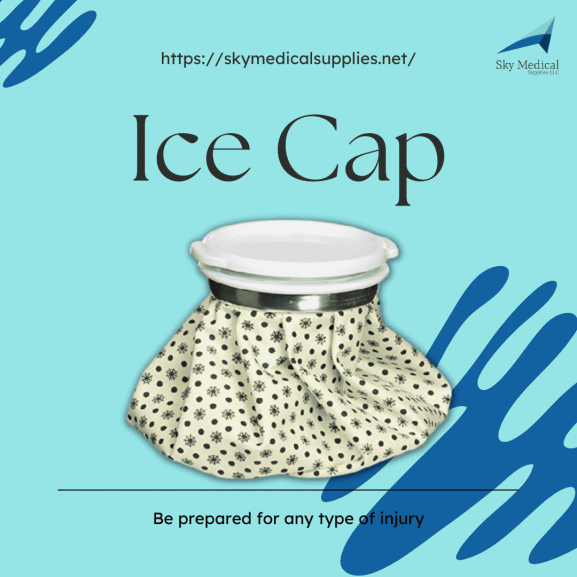
A Combination Of Hot And Cold Therapy May Be Just What You Need To Treat Pain - When Your Provider Gives You Instructions For Ice Therapy Machine
You have likely experienced some physical pain, whether caused by injury or chronic health conditions like arthritis or fibromyalgia. You can experience intense discomfort that affects your quality of life. Some claim "it's better to die once and for all than suffer pain for the rest of one's life."
According to recent data, approximately 20 percent of American adults experience chronic pain. American adults suffer from chronic pain in more than 50 million cases and high-impact pain in above 20 million patients.
Despite decades of research, chronic pain remains poorly understood and isn't easy to control. Opioids are highly addictive drugs that allow patients to manage pain. However, opioids have been linked to an epidemic of drug abuse in the US.
So we all need to take an active role in pain management and explore credible alternatives to pain management. Cryotherapy and thermography are two pain relief therapies.
Overview
The ice pack or heating pad may treat arthritis, muscles pulled, or inflammation. For many different disorders and injuries, hot and cold treatments can be very effective, and they are also quite affordable. Understanding when hot is appropriate and when cold is relevant is the tricky part. Sometimes hot and cold can be used in the same treatment.
The use of ice is beneficial for acute injuries and swollen and swollen joints. Heat can alleviate muscular pain and stiffness.
Heat therapy- How does it work?
Due to the increased temperature, heat therapy works by increasing circulation and blood flow in a particular area. Increasing the painful area's temperature slightly soothes the discomfort and enhances muscle flexibility. By soothing muscles and damaged healing tissues, heat therapy is beneficial.
Types
It is possible to undergo dry heat therapy or moist heat therapy. Regarding heat therapy, both types should be aimed at "warm" rather than "hot."
In dry heat therapy (or "conducted heat therapy"), heating pads, dry heating packs, and saunas are used. The heat that is applied directly is straightforward.
Convection heat (or moist heat) comes from steaming towels, moist heating packs, or hot baths. The effects of sweltering heat may be slightly better, and application time needs to be reduced for the same results.
You can also use professional heat therapy treatments. An ultrasound, for instance, can relieve the pain associated with tendonitis.
A person can apply heat therapy locally, regionally, or whole-body. Local heat therapy is the quickest and most effective way to relieve localized pain.
You could use a warm water bottle or a small heated gel pack if you only need to treat a localized injury. Using a hot towel, a large heating pad is best to relieve widespread pain or stiffness. Alternatively, you can treat your entire body with saunas or hot baths.
When not to use
Heat therapy Certain conditions are not suitable for treatment with heat therapy. It may be more effective to apply cold therapy to a bruised or swollen area (or both). The application of heat to an open wound is also not recommended.
There is a higher risk of complications from heat application in individuals with certain pre-existing conditions. These include diabetes, dermatitis, vascular diseases, deep vein thrombosis, and multiple sclerosis (MS)
Before using heat therapy, ask your doctor if you have heart disease or hypertension. Please consult your doctor before using a sauna or hot tub while pregnant.
Applying heat therapy
While cold therapy needs to be limited in length, heat therapy can be most beneficial when used for a considerable time. A few minutes of heat therapy can sometimes relieve minor stiffness or tension.
The effects of heat therapy, such as heated baths lasting 30 minutes to two hours, can be helpful for those with moderate to severe pain.
Cold therapy How does it work?
Cryotherapy is also used to describe cold therapy done by an ice machine. During the process, blood flow is reduced to a particular area, reducing inflammation, swelling, and pain around joints and tendons. Nerve activity may also temporarily be reduced, which may help reduce pain.
Types
An affected area can be treated with cold therapy in many different ways instead of on a cold therapy machine. Among the treatment options are ice packs or frozen gel packs, coolant sprays, ice massage, and ice baths
Cold therapy may also involve the following methods:
The technique known as cryostretching involves using cold to reduce muscle spasms during stretching. In ligament sprains, cryokinetics, a technique combining cold treatment and exercise, may be beneficial. Chambers that treat the whole body with cold
When not to use
People with sensory disorders may be unable to feel certain sensations and should not use cold therapy at home as they might not be aware of any damage. Among these is diabetes, which can decrease sensitivity and cause nerve damage.
Cold therapy should not be used for stiff muscles or joints. In the case of poor circulation, it is not recommended to use cold therapy.
Applying cold therapy
You can treat the affected area at home with an ice bath or towel-wrapped ice pack. Do not apply as a frozen item can damage your skin and tissues. You should never use it directly to them. Whenever possible, use cold treatment to the injured area.
Cold therapy can be used several times a day for short periods. Cold therapy should not last more than fifteen minutes at a time and should not exceed twenty minutes to prevent nerve, tissue, and skin damage. Elevating the affected area is essential to achieve the best results.
Risks of heat therapy
It is better to set the temperature at a warm temperature instead of a hot one for heat therapy. Overheating your body can cause the skin to burn. When you have an infection and use heat therapy, there's a chance that the disease will spread more quickly. When applying heat directly to a local area, such as with heating packs, you should not use it for more than 20 minutes at once.
The treatment should be stopped immediately if swelling increases. The pain increases within a few days if heat therapy doesn't relieve the pain after a week or doesn't help lessen the discomfort.
Risks of cold therapy
Cold therapy applied too directly or for too long can cause damage to skin, nerves, or tissues if you are not careful. You should consult a physician before cold therapy if you have heart or cardiovascular disease. Consult your doctor if cold therapy does not reduce swelling or injury within 48 hours.
Conclusion
You are utilizing cold therapy when necessary, and heat therapy when necessary will make a massive difference in the effectiveness of your treatment. Sometimes both are needed. Heat can be used to treat joint stiffness in arthritis patients, while cold may treat swelling or acute pain. Sky Medical Supplies have all the ice therapy machine rentals for timing purposes. We have a wide range of ice therapy machines and ice packs. Contact Sky Medical Supplies for more details.
Tags
- contest
- event
- supplies
- design
- brand
- video
- Compression
- upright walker
- four wheel walker
- rollator
- wheelchair
- Ostomy
- elegantly
- elegantly
- accessibility
- Mobility
- knee walker rental
- knee scooter sales
- knee scooter
- post operative shoe
- anti-embolic stockings
- pain management
- cryotherapy therapy
- hot cold compress
- compression stockings
- lift chair
- wound Care
- air purifier
- fall prevention
- cushion
- oxygen therapy
- cpap, bipap
- Hospital Bed
- Life Aide
- EMS
- recovery
- splint
- knee brace
- Bathroom
- patient lift
- medical supply
- Wound dressings
- Lightweight Wheelchair
- hospital beds for sale
- sky medical supplies rentals
- compression socks
- Adult Diapers
- Rollator Walker
- Bed Wedge Pillow
- Hospital beds
- Patient Lifts and Slings
- Portable Oxygen Concentrator
- Patient Lift Slings
- knee scooter rental
- folding mobility scooter
- mobility scooter
- medical shoes
- raised toilet seat
- hospital beds for rent
- lift chair recliner
- chair lift
- electric wheelchair
- Power Lift Recliners for Elderly
- Senior Walkers
- Bedside Commodes
- whill wheelchair
- compression hose
- Whill Electric Wheelchairs
- Bariatric Wheelchair
- Recliner Chairs with Lift
- Colostomy Bag
- Crutches
- Medical Wedge Pillow
- skin barrier tape
- Post Surgery Ice Machine
- Bedside Commode
- chair lift recliners
- cane holder scooter
- lift chair prices
- drop arm commode
- rollator walker with ergonomic seats
- Hospital Bed Rental
- Wheelchair Tray
- Golden Technologies Lift Chair
- Nova GetGo Junior Rollator
- power lift recliners
- Knee Scooters and Crutches:
- stand up walker for seniors
- stand up walker as seen on TV
- Women's Walking Canes
- Knee Immobilizers
- Bed Wedge Pillow
- Medical Supply Stores
- Sit to Stand Lifts
- Grab Bars
- Compression Gloves
- incontinence bed pads
- Lift Reclining Chair
- Knee Walker Scooters
- Hernia Belt Near You
- Mobility Scooter Stores Near Me
- Folding Knee Walker
- Oxygen Concentrator Store
- Inogen Battery
- Electric Bed Frames
- Placing Lift Chair
- diaper brief
Related Posts
Get weekly articles in your inbox on the latest medical supply news, exclusive deals, and helpful health tips.
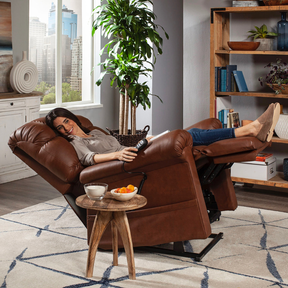
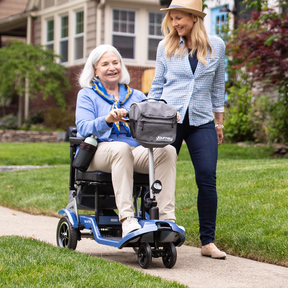
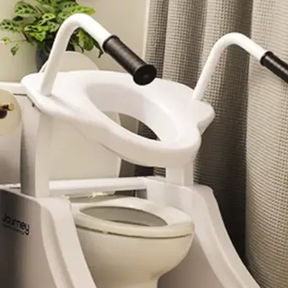
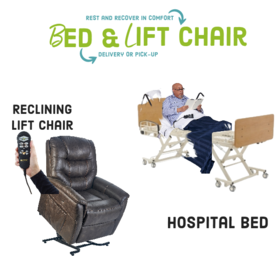
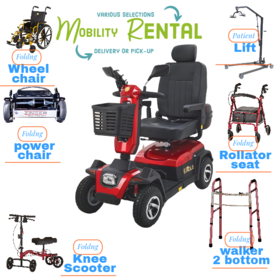
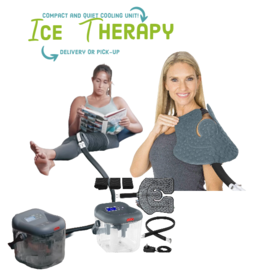

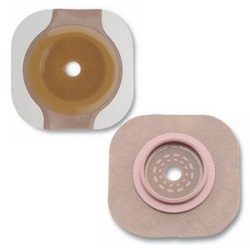 Having an
Having an